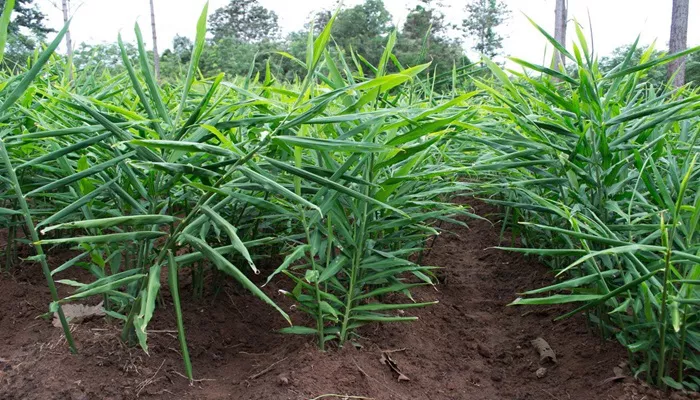Understanding Ginger Plants: Varieties and Care Tips.
Ginger is both a flavorful addition to your kitchen and an attractive plant for your garden. However, not all plants labeled as ginger are suitable for culinary use. Here’s a guide to common ginger varieties and tips for maintaining them in a four-season climate.
Zingiber Ginger
The true ginger plant, Zingiber officinale, is commonly known as culinary ginger. It grows from underground rhizomes, which spread quickly and produce grass-like shoots. You can harvest the roots at any time by simply digging up a piece. To keep the plant thriving, leave some rhizomes in the soil.
Zingiber ginger is a tropical plant, so it needs special care in cooler climates. To preserve it over winter, grow it in a container. While ginger can survive a light frost, it will not endure the winter unless brought indoors or stored in a cool, dry, frost-free location such as a garage.
Blooming Gingers
Ginger plants are not typically known for their flowers, but the closely related hedychium ginger is celebrated for its blooms. Hedychium gingers are grown primarily for their attractive flowers, although some varieties are technically edible. These plants have rhizomes similar to those of culinary ginger but are more tolerant of cold temperatures.
Hedychium gingers are tropical perennials that can be treated like canna plants. After the first frost, you can either dig up the roots for storage or leave them in the ground and hope for a mild winter. With adequate mulch, the roots can survive in a warm part of your garden. Many gardeners find that hedychium gingers have survived even mild winters.
The blooms appear in August and September and continue until frost. Among the various hedychium ginger varieties, the butterfly ginger is particularly popular for its white flowers resembling butterflies.
Japanese Myoga Zingiber Ginger
Japanese myoga ginger is an edible variety that can withstand colder temperatures. Unlike its tropical relatives that thrive in hot, humid conditions, myoga ginger prefers a shadier spot in the garden. This plant features striking leaves, with some varieties displaying white striping, and typically grows to about three feet tall. In late autumn, the plants die back.
Though expensive to cultivate, myoga ginger is valued for its ornamental qualities. The fresh shoots are edible and have a spicy flavor similar to tropical ginger, though less intense. The roots, however, are not suitable for eating.


